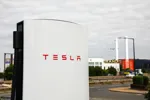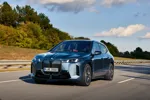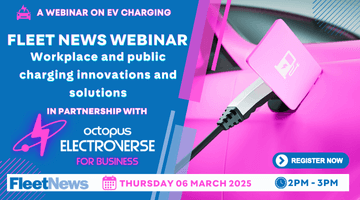Many believe the way forward lies in the electric car. Electric vehicles (EVs) have existed for over 100 years and there has been extensive research into them since the 1960s.
Rising oil prices, as well as the security of its supply, have obviously helped to spur the development of EVs in recent times. For electric cars, the real environmental question is not how much CO2 do they produce but how much environmental damage does generating the electricity cause. It is a question that has different answers depending on the type of generation and, indeed, the geographical location as many countries favour differing forms of generation.
Audi is pioneering the electric car and the use of green electricity to supply it. The German manufacturer will have 20 A1 e-trons on the streets of Munich by mid-2011.
The scheme is partnered with E.ON and the city’s municipal utility company Stadwerke Munchen (SWM). The two companies are each supplying 100 electric filling stations, all of which will use electricity generated from renewable energies.
The charging stations will pump nothing but our green electricity,” says Dr Florian Bieberbach, commercial director of SWM, “reducing the vehicles CO2 emissions to zero. By 2025 we hope to generate enough green electricity in our plants to meet the electricity needs of the entire population of Munich, including the requirements of electric vehicles.”
And if you think that electric cars may not offer the same exciting range of vehicle styles we currently enjoy, then think again.
Tesla has proved that the sports car model is just as valid for conversion to electric power as any other vehicle type. Its Roadster has just concluded a round-the-world journey, with Tesla driver and technician Luke McClure behind the wheel throughout the six months, alongside co-pilot and cameraman Vivien Floris.
The Roadster is the only sports car that can be fully or partially charged with renewable energy including solar, wind, hydroelectric and geothermal.
On its world tour it used a solar-powered charge point at the Hilton Hotel in Switzerland as well as at a Roadster-owner’s solar energy company in Italy.
“This trip was about showing people the boundaries of an electric car’s performance, durability and efficiency,” says Tesla ceo, chairman and co-founder Elon Musk.
Another electric option is the Fuel Cell vehicle such as Honda’s FCX Clarity model. This produces electricity on board by using hydrogen with the only byproduct being water.
One final matter to consider is that fuel may not be the only environmental factor to consider for the fleet manager of tomorrow. The entire ‘cradle-to-grave’ life cycle of the vehicle will need to be taken into account, including the manufacture of the car itself.
Although the use of such phrases as “well-to-wheel” may not be common within the fleet industry right now, you can be sure that it will become almost a mantra in the not too distant future.

















Login to comment
Comments
No comments have been made yet.